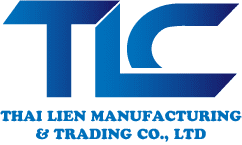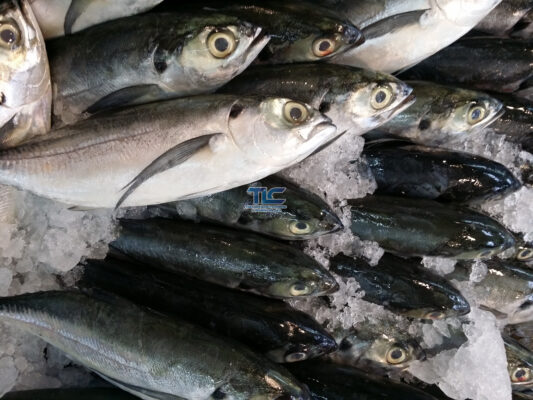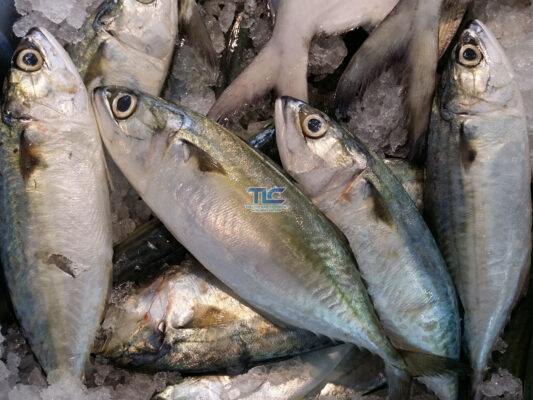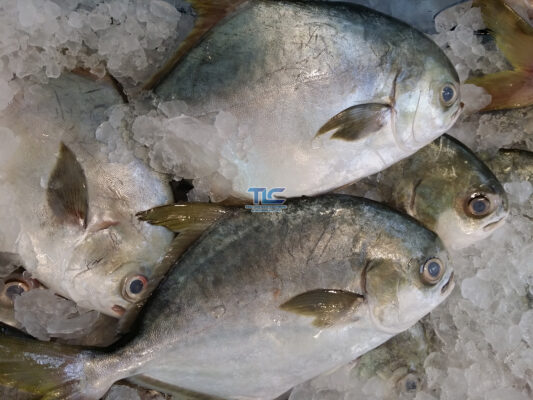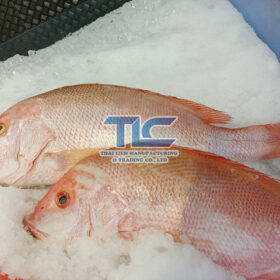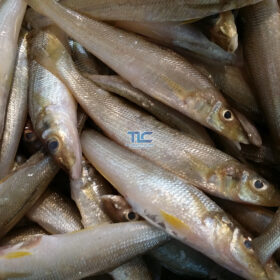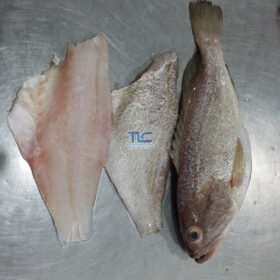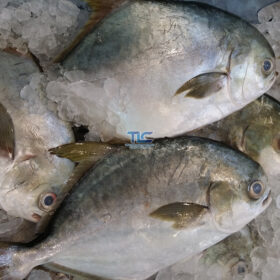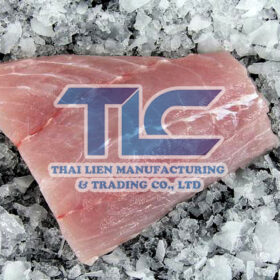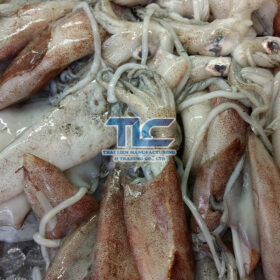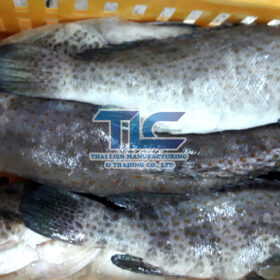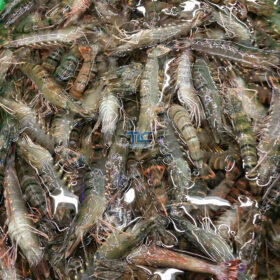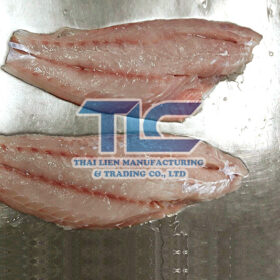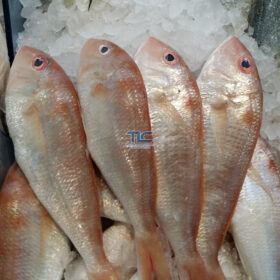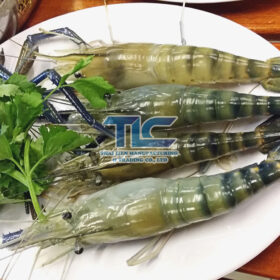Vietnam Frozen Seafood Industry 2023: Navigating Trends and Challenges
The frozen seafood industry in Vietnam is undergoing a transformative phase in 2023. With increasing global demand for high-quality seafood, Vietnam has emerged as a key player in the frozen seafood market. Let’s delve into the intricacies of this dynamic industry and explore the trends, challenges, and innovations shaping its landscape.
1. Introduction
In recent years, Vietnam has become synonymous with excellence in the frozen seafood sector. The demand for frozen seafood continues to surge globally, and Vietnam’s strategic position in this market cannot be overstated. As we navigate through the complexities of the industry, it’s essential to understand the driving forces behind its success.
2. Current Market Trends
The Vietnam frozen seafood market is experiencing unprecedented growth, with a compound annual growth rate (CAGR) that demands attention. As consumers seek convenient and nutritious food options, the frozen seafood industry has stepped up to meet these expectations. In 2023, the market is witnessing a surge in demand for premium frozen seafood products, indicating a shift in consumer preferences.
3. Key Players in Vietnam Frozen Seafood Industry
A handful of companies play a pivotal role in steering the course of the Vietnam frozen seafood industry. From established giants to innovative startups, these players contribute to the industry’s vibrancy and competitiveness. Understanding their strategies and market presence provides valuable insights into the dynamics of the industry.
4. Technological Advancements
Technology is at the forefront of the evolution in the frozen seafood sector. Cutting-edge innovations in processing and preservation techniques have not only enhanced the quality of frozen seafood but also extended its shelf life. From advanced freezing methods to state-of-the-art packaging, technology is a driving force behind the industry’s efficiency and sustainability.
5. Sustainability Practices
In an era where environmental consciousness prevails, the Vietnam frozen seafood industry is actively embracing sustainable practices. From responsible sourcing of seafood to eco-friendly packaging, companies are aligning their operations with the global push towards sustainability. This not only meets consumer expectations but also positions Vietnam as a responsible contributor to the global seafood trade.
6. Challenges Faced by the Industry
Despite its growth, the Vietnam frozen seafood industry faces its share of challenges. Supply chain disruptions, regulatory complexities, and market uncertainties pose hurdles for businesses. However, it’s the industry’s resilience and ability to navigate these challenges that continue to fuel its expansion.
7. Global Trade Dynamics
Vietnam’s role in the global frozen seafood trade is significant. The industry’s dynamics are influenced not only by domestic factors but also by international trade agreements, geopolitical shifts, and market trends in key export destinations. Understanding these global dynamics is crucial for stakeholders in the Vietnam frozen seafood sector.
8. Consumer Behavior and Preferences
As consumer tastes evolve, so does the Vietnam frozen seafood industry. Understanding the intricacies of consumer behavior, including cultural influences, is paramount. From traditional favorites to the growing demand for exotic seafood, businesses need to align their offerings with shifting preferences to stay competitive.
9. Government Regulations
Government regulations play a crucial role in shaping the operations of the Vietnam frozen seafood industry. Compliance with standards related to food safety, labeling, and environmental impact is not just a legal requirement but also a key factor in gaining consumer trust. Navigating the regulatory landscape is an ongoing challenge for businesses in the sector.
10. Innovative Product Offerings
Innovation is a driving force in the Vietnam frozen seafood industry. Companies are continually introducing new and exciting products to capture the market’s attention. From value-added seafood items to creative packaging solutions, innovation is reshaping the industry’s product landscape.
11. Impact of COVID-19
The global pandemic has left no industry untouched, and the Vietnam frozen seafood sector is no exception. Disruptions in the supply chain, changing consumer behaviors, and the need for stringent hygiene measures have compelled businesses to adapt swiftly. However, the industry’s ability to navigate these challenges showcases its resilience and adaptability.
12. Future Projections
Looking ahead, the Vietnam frozen seafood industry is poised for further growth. Emerging opportunities in untapped markets, coupled with technological advancements, are expected to drive the industry forward. However, businesses must remain agile to address potential challenges and capitalize on the evolving landscape.
13. Case Studies
Examining successful case studies provides valuable insights for businesses aiming to thrive in the Vietnam frozen seafood market. Whether it’s a company implementing innovative practices or a strategic partnership yielding positive results, real-world examples offer practical lessons for industry players.
14. Expert Opinions
Gaining perspectives from industry experts is invaluable. Experts can provide nuanced insights into the challenges and opportunities that lie ahead for the Vietnam frozen seafood industry. Their forecasts and recommendations offer guidance for businesses navigating the complexities of the market.
15. Conclusion
In conclusion, the Vietnam frozen seafood industry in 2023 is a dynamic and evolving landscape. From technological advancements to sustainability initiatives, the industry is at the forefront of meeting global demands. Navigating challenges and capitalizing on opportunities will be crucial for businesses seeking long-term success in this thriving sector.
FAQs
- Is the Vietnam frozen seafood industry experiencing growth?
- Yes, the industry is witnessing significant growth, driven by increasing global demand for frozen seafood.
- What role does technology play in the industry?
- Technology is pivotal, enhancing processing, preservation, and overall efficiency in the production of frozen seafood.
- How is the industry addressing sustainability concerns?
- Many companies are adopting sustainable practices, from responsible sourcing to eco-friendly packaging.
- What challenges do businesses in the sector face?
- Challenges include supply chain disruptions, regulatory complexities, and market uncertainties.
- What are the future projections for the Vietnam frozen seafood industry?
- The industry is poised for growth, with emerging opportunities and technological advancements driving its trajectory.
